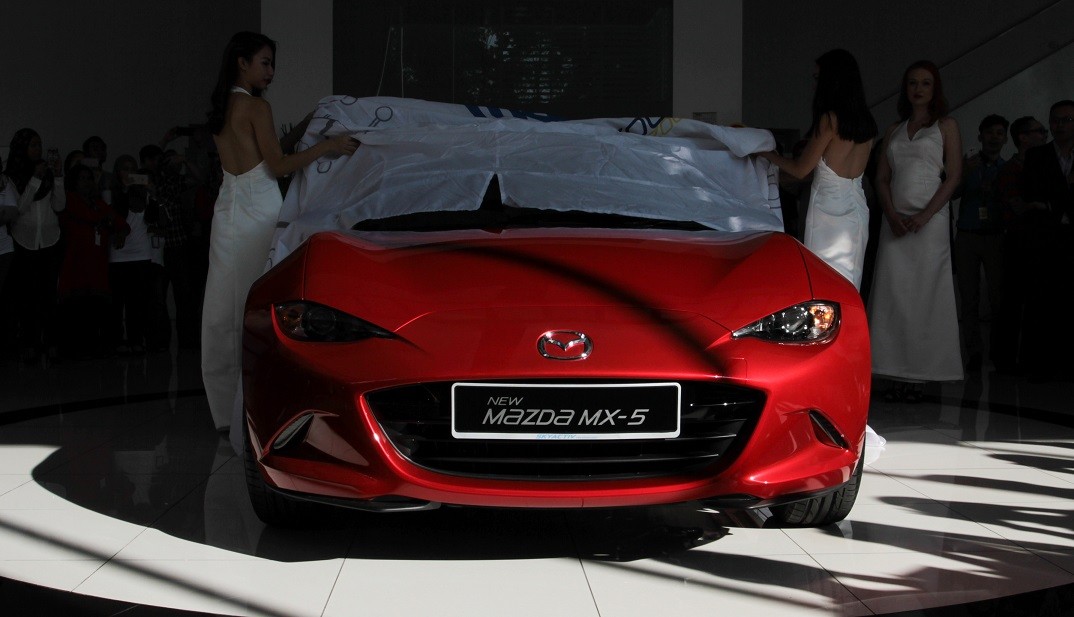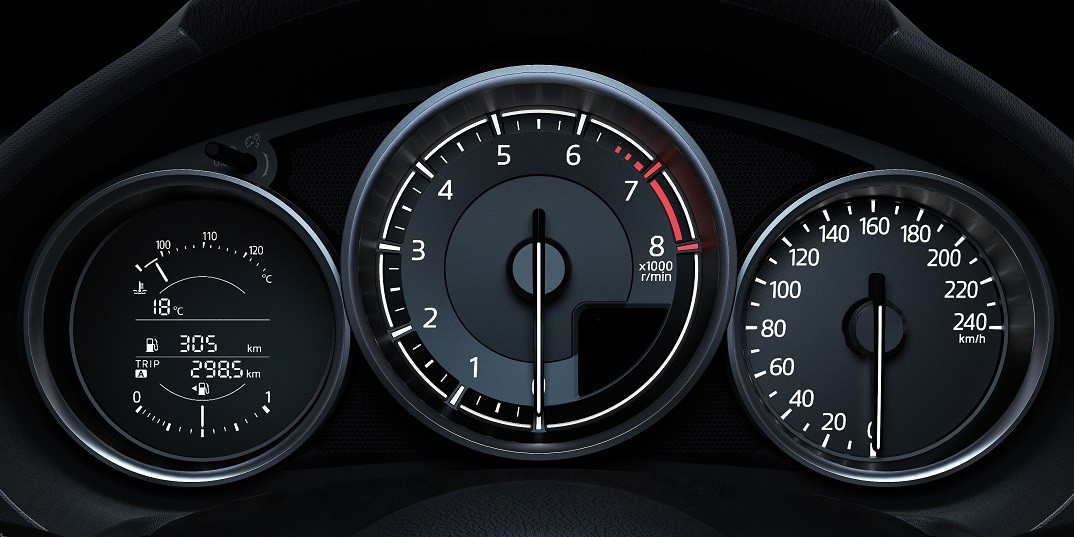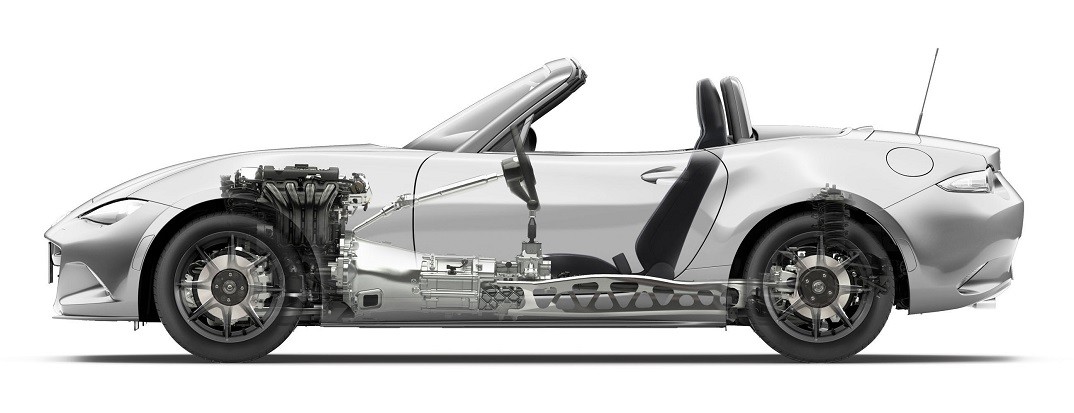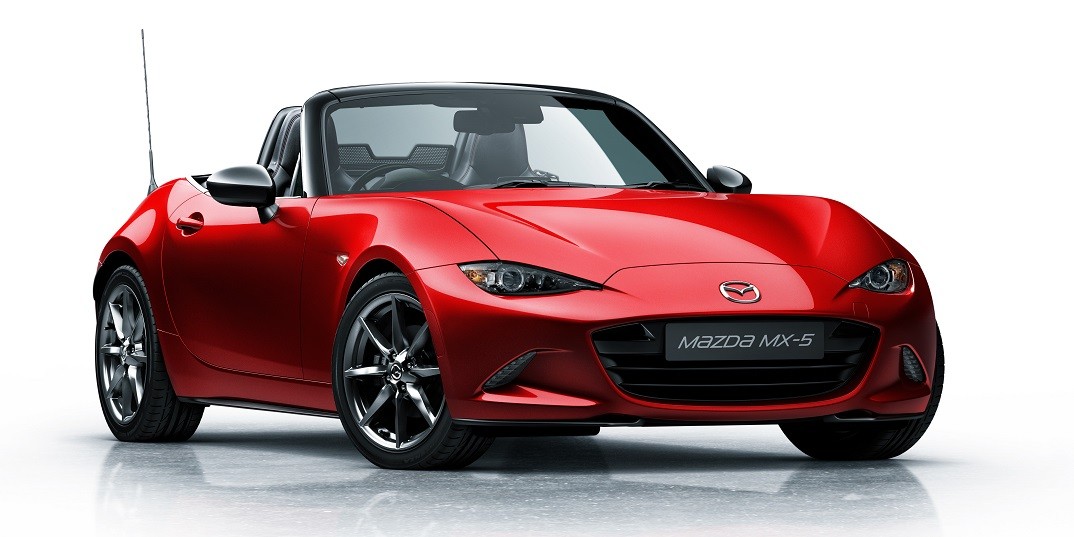Last week, Mazda took the wraps off the all-new Mazda MX-5 in Malaysia. Yes, you can head on to any Mazda showroom and place a booking for the fourth iteration of what is the world’s most popular roadster. While the asking price of a smidgen less than RM220,000 isn’t insubstantial, Mazda Malaysia has effectively answered the challenge of enthusiasts who crave for an unadulterated, lightweight sports car. The question is, how many takers would there be?
To do or not to do
Bring it in! These three words are often spewed liberally by auto journalists and car enthusiasts as a challenge to car companies to sell certain models that they fancy; typically of the sexy-looking, sporty or exclusive kind. Now, in case you’re wondering why your favourite car brand hadn’t introduced in a model that you’ve admired for some time, it is probably not for the lack of trying. As with any consumer product, be it a car or a bar of soap, a feasible business case has to be established before it can even be considered for market introduction. Gut feel has no role to play here.
Substantial outlay of money and resources
It matters little if only 20 units are sold in a year, or 20,000. For any new model to be launched, regulatory requirements such as vehicle homologation have to be met, sales and after-sales training have to be administered across the entire network, for bigger brands, this entails thousands of individuals over weeks and months. Service centres may need acquire model-specific tools, while spare parts most certainly have to be stocked. And of course, a costly marketing campaign will also have to be put in place to cover all channels of communications. In many instances, just the launch event alone (spanning a few hours) would have raked up a bill well into six figures.
But beyond that, the local distributor would have had committed to its principal to sell this model over its lifespan, regardless of whether it turns out to be a hot seller or a damp squib. The distributor would also have to support each and every customer who buys one of them, not only during their warranty period, but years after that, or decades if you consider the recent spate of airbag recalls.
Do it for branding then…
Do for the brand you say. Well, in instances where performance-oriented brands such as Porsche or BMW are involved, halo variants such as the 911 GT3 RS or M3 can certainly rub some of their magic on “bread and butter” models such as a base Carrera or a 316i. But for customers shopping for a Vios or an Avanza, the knowledge that Toyota also sells a sports car called the 86 probably has much lower relevance, however iconic the Hachiroku may be.
Because halo models are usually more exclusive and unique, they are by nature much more costly to produce. So, in order for the distributor to have any chance of recouping its investment in introducing such a model, the retail price has to be set at a higher premium (some more palatable, others less so) since they are never expected to sell in numbers in the first place. But herein lies the problem – without putting a respectable number on the road, it is hard to achieve the kind of return of investment in terms of brand image car companies seek.
The parallel importers
If there’s any reason not to introduce a halo model, parallel imported cars are as good as any. It’s a can of worms this, one that is fraught with political implications, so it’s best to save the debate for a future story. But the sad reality facing an official distributor is this: no matter how well a halo model is priced, parallel importers will beat it because they invest only a fraction of what official distributors do in terms of after sales, warranty, spare parts, etc. Parallel imported “used cars” are also not subject to regulatory safety compliances, while selling one is as straightforward as putting up a free classified advertisement in a car listing website.
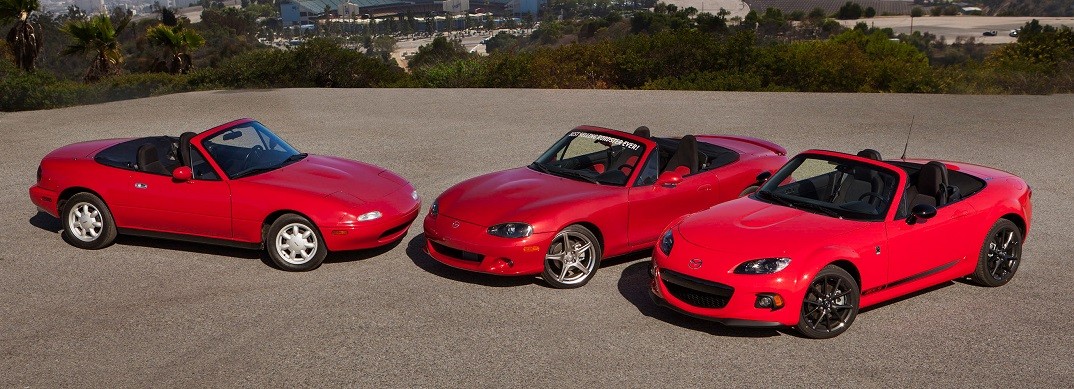
These days, it is a common sight to see parallel importers selling “used” units a few of months after a model’s global launch, in many cases, well before official distributors even manage to launch. And when the model is actually made available officially, the marketing effort by the official distributor becomes “free advertisement” for the parallel importers. Though many official distributors have a policy not to offer service to owners who purchased parallel imported cars, the thriving reconditioned car market suggests that consumers willingly turn a blind eye to issues such as warranty and product recalls as long as the price is right.
So what will the MX-5 do for Mazda in Malaysia?
For a brand that is on the ball in communicating a cohesive message centered on driving fun, the MX-5’s relevance to its mainstream models is palpable in that the passenger car range share commons ethos. It will be a hit with the public in showrooms and on roadshows, and no doubt with the media who would have no trouble associating the MX-5’s weight-saving engineering and design language with say…a Mazda2. And who doesn’t like a roadster with a natural smile etched on its front intake. If you can afford one, appreciate that it’ll probably bring you not only a lot of smiles, but also the support only authorised distributors and manufacturers are able to offer.
Mazda MX-5
Price RM219,999.30 (incl. GST, w/o insurance)
Engine 2.0-litre, 4-cylinder petrol, RWD
Output 158hp, 200Nm
Transmission 6-speed auto w/ manual mode (M/T to be announced later)
Performance 0-100km/h in 7.0 sec (est.), top speed 210km/h (est.)
Wheels/tyres 17in alloys, 205/45 R17
Safety 4 airbags, Dynamic Stability Control, Lane Departure Warning
Warranty 3-year/100,000km (w/ 3-year/60,000km maintenance package)
Mazda MX-5 or the Subaru BR-Z?
